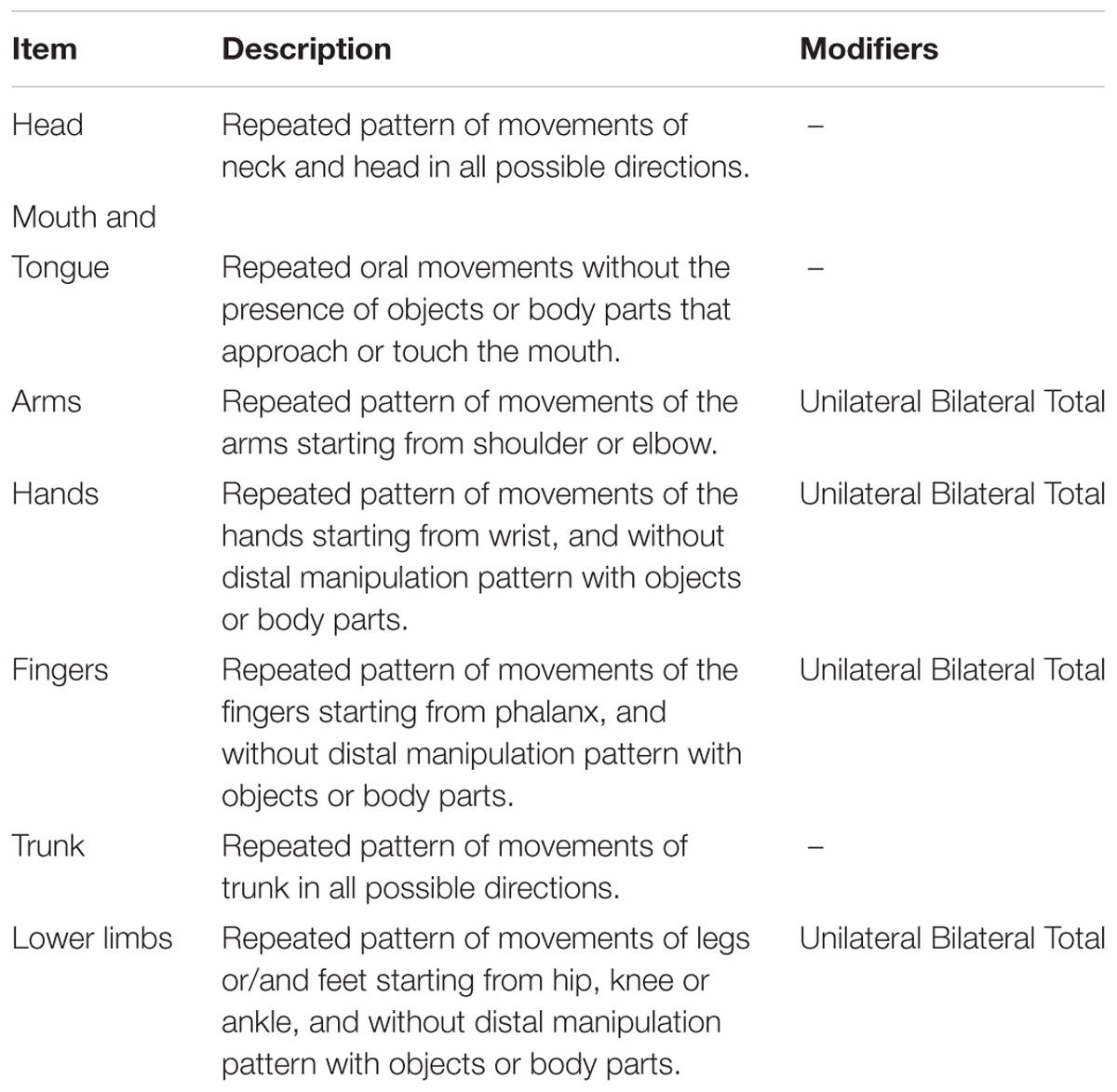Cardinal 738 Indicator Manual
Appendix 111 10.7.2 Cardinal 738 Indicator Sample string for the Cardinal 738 indicator: String recognized by the 920i: Identifier 920i Stream Format Carriage Return Cardinal uses + for positive and – for negative, so the stream polarity tokens need to reflect this. The serial commands for the 920i are STR.POS#p=+ and STR.NEG#p=–. The identifier that the 920i recognizes indicates six digits of weight with a decimal and leading zeroes, with the decimal sent at the end of the weight. Valid characters are W, w, G, g, T, t, N, or n (lower case indicates left justified). W indicates current weight, G–gross weight, N–net weight, T–tare weight. /P, /S, and /T can be used to specify primary, secondary, or tertiary units. Minus (–) indicates sign inclusion; (0) indicates leading zeros.
First digit indicates field width in characters; a decimal point (.) indicates floating decimal point. A decimal with subsequent digit indicates fixed decimal with n digits to the right of the decimal. Two consecutive decimals (for example, ) send the decimal point even if it falls at the end of the transmitted weight field. There are four possible tokens for status bits that can be used: motion, out-of-range, valid, and invalid.
In the Cardinal, m indicates motion, o indicates out-of-range; a space is used for valid or invalid weights. The commands to set these tokens in the 920i are STR.MOTION# p=m, STR.RANGE# p=o, STR.OK# p=, STR.INVALID# p=. NOTE: A space must be entered following the equals sign on the OK and INVALID serial commands. Space The Cardinal uses two-character, lower-case units identifiers. The commands to set these tokens in the 920i include: STR.PRI# p=lb (options: kg, g, tn, t, gr, oz, or sp), STR.SEC# p=kg and STR.TER# p=kg (options: lb, g, tn, t, gr, oz, or sp).
Space The mode used for Cardinal is g for gross and n for net. These tokens are set using the STR.GROSS# p=g and STR.NET# p=n tokens. Space Space The end of line character is an ETX in this example, so the hex value of is entered in the string. Cardinal Sample String Identifiers.
Bennett Trim Tab Indicator Manual
Appendix 80 12.8.2 Cardinal 738 Indicator Sample string for the Cardinal 738 indicator: String recognized by the 520: Table 12-7. Cardinal Sample String Identifiers Identifier Description Carriage Return Cardinal uses + for positive and – for negative, so the stream polarity tokens need to reflect this. The EDP commands for the 520 are STR.POS=+ and STR.NEG= –. The identifier that the 520 recognizes indicates seven digits of weight with a decimal and leading zeroes, with the decimal being sent at the end of the weight.
Valid characters are W, w, G, g, T, t, N, or n (lower case indicates left justified). W indicates current weight, G gross weight, N net weight, T tare weight. /P and /S can be used to specify primary or secondary. Minus indicates sign inclusion, while (0) indicates leading zeros. First digit indicates field width in characters. Decimal indicates floating decimal point. Decimal with subsequent digit indicates fixed decimal with n digits to the right of the decimal.

Two consecutive decimals (for example, ) send the decimal point even if it falls at the end of the transmitted weight field. There are four possible tokens for status bits that can be used: motion, out-of-range, valid, and invalid. In the Cardinal, m indicates motion, o indicates out-of-range, and a space is used for valid or invalid weights. The commands to set these tokens in the 520 are STR.MOTION=m, STR.RANGE=o, STR.OK=, STR.INVALID=.

NOTE: Although it appears that there are no commands for OK and INVALID, there is a space entered with the keyboard before pressing the ENTER key. Space The Cardinal uses two-character, lower-case units identifiers. The commands to set these tokens in the 520 include: STR.PRI=lb (options: kg, g, tn, t, gr, oz, or sp), STR.SEC=kg (options: lb, g, tn, t, gr, oz, or sp).
Starrett Electronic Indicator Manual
Space The mode used for Cardinal is g for gross and n for net. These tokens are set using the STR.GROSS=g and STR.NET=n tokens. Space Space The end of line character is an ETX in this case so the hex value of is entered in the string.





